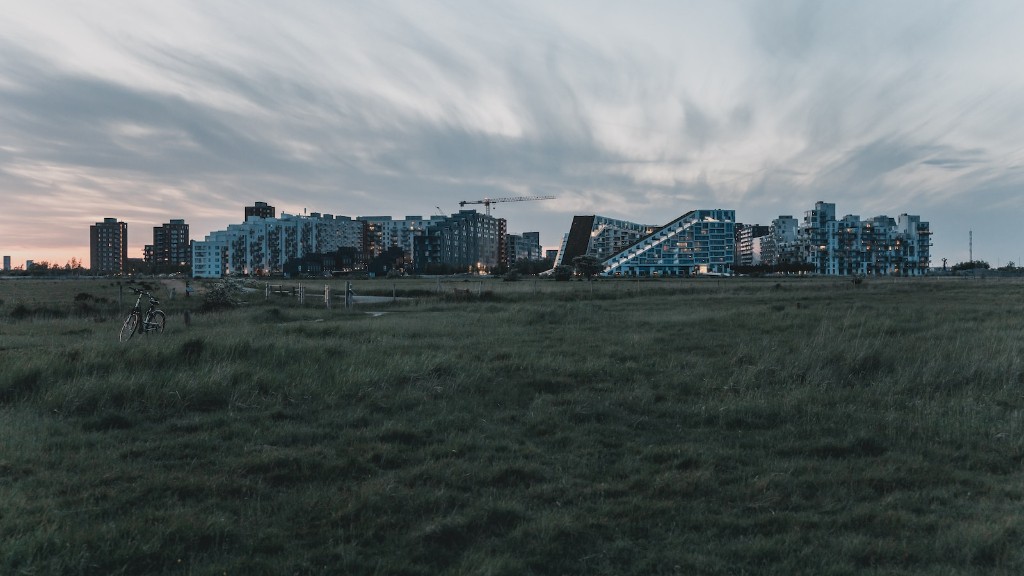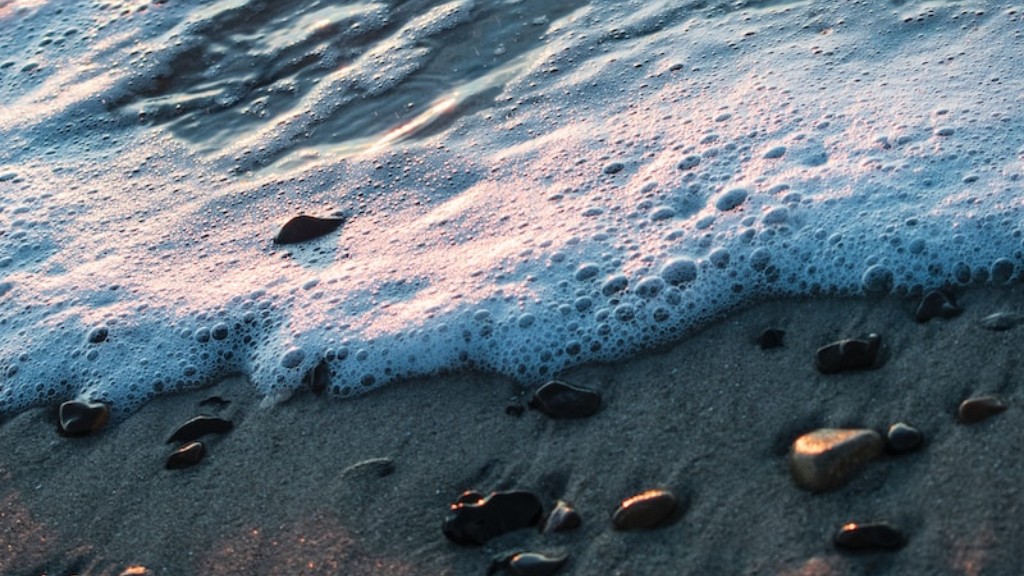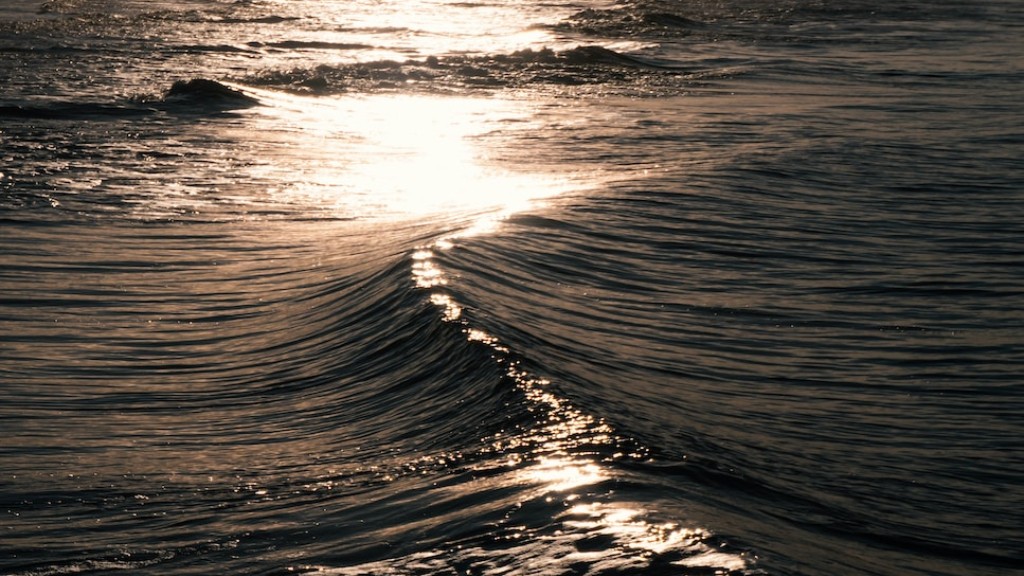Copenhagen Denmark Things to Do
Copenhagen, the capital city of Denmark, is a vibrant and historic destination that offers visitors a wide range of experiences. Whether you are interested in exploring its rich history, enjoying its beautiful architecture, or immersing yourself in its unique culture, Copenhagen has something for everyone.
One of the must-visit attractions in Copenhagen is the famous Tivoli Gardens. This amusement park, established in 1843, is a cultural icon and offers a variety of rides, shows, and beautiful gardens. It is a great place to spend a day with family or friends, enjoying the thrilling roller coasters or simply strolling through the picturesque landscape.
Copenhagen is also known for its stunning architecture, and one of the most impressive examples is the Christiansborg Palace. This grand building is the seat of the Danish Parliament and also houses the Supreme Court and the Ministry of State. Visitors can explore the palace’s opulent rooms, climb its tower for panoramic views of the city, or wander through the nearby Royal Stables.
If you are interested in art and culture, a visit to the Ny Carlsberg Glyptotek is a must. This museum, established by the Carlsberg brewing company, houses an extensive collection of ancient and modern art. From Egyptian sculptures to Impressionist masterpieces, the museum offers a fascinating journey through different artistic periods.
Copenhagen is also famous for its culinary scene, and food lovers should not miss a visit to the Torvehallerne Market. This bustling market is a paradise for food enthusiasts, offering a wide range of local and international delicacies. From fresh seafood and organic produce to gourmet chocolate and artisanal cheeses, there is something to satisfy every palate.
For those seeking a more offbeat experience, a visit to Freetown Christiania is a must. This autonomous neighborhood was established in the 1970s by a group of squatters and has since become a symbol of artistic freedom and alternative living. Visitors can explore its vibrant street art, unique architecture, and enjoy live music performances in one of its many cozy bars.
For a touch of nature, a visit to the famous Little Mermaid statue is a must. This iconic sculpture, inspired by Hans Christian Andersen’s fairy tale, has been a symbol of Copenhagen since 1913. Located by the waterside, it offers a picturesque setting for a leisurely walk or a picnic.
Copenhagen offers a wide range of activities and attractions that cater to different interests and preferences. Whether you are a history buff, an art enthusiast, a food lover, or simply looking for a unique cultural experience, Copenhagen is sure to leave a lasting impression.
The Rich History of Copenhagen
Copenhagen has a rich history that dates back to its establishment as a Viking fishing village in the 10th century. Over the centuries, it grew into a prosperous city and became the capital of Denmark in the 15th century. Throughout its history, Copenhagen has witnessed wars, sieges, and the rise and fall of kingdoms.
One of the most significant events in Copenhagen’s history is the Battle of Copenhagen in 1801. This naval battle between the British Royal Navy and the Danish-Norwegian fleet was a pivotal moment in the Napoleonic Wars. Although the British emerged victorious, the battle had a lasting impact on Copenhagen and led to the city’s fortifications being dismantled.
Another important chapter in Copenhagen’s history is the German occupation during World War II. The city was occupied by German forces from 1940 to 1945 and experienced a period of repression and hardship. Today, visitors can explore the Resistance Museum and other sites that commemorate this dark period in Copenhagen’s past.
Copenhagen has also played a significant role in the fields of science and literature. It was home to the renowned physicist Niels Bohr, who made groundbreaking contributions to quantum theory. The city has also inspired numerous authors, including Hans Christian Andersen, whose fairy tales continue to captivate readers of all ages.
Exploring Copenhagen’s rich history allows visitors to gain a deeper understanding of the city and appreciate the cultural heritage that has shaped its identity.
Copenhagen’s Sustainable Initiatives
Copenhagen is widely recognized as one of the most sustainable cities in the world. The city has implemented various initiatives to reduce carbon emissions, promote renewable energy, and create a greener and more livable environment.
One of the most notable initiatives is the extensive bicycle infrastructure. Copenhagen has invested in a comprehensive network of bike lanes, making cycling a safe and convenient mode of transportation for residents and visitors alike. This has not only reduced traffic congestion but also improved air quality.
In addition to cycling, Copenhagen has also prioritized public transportation. The city has an efficient and well-connected public transit system, which includes buses, trains, and metro lines. This encourages people to use public transport instead of private cars, further reducing carbon emissions.
Copenhagen is also committed to achieving carbon neutrality by 2025. The city has set ambitious targets for reducing greenhouse gas emissions and increasing the share of renewable energy in its energy mix. Initiatives such as wind farms, district heating systems, and energy-efficient buildings contribute to the city’s sustainability goals.
Moreover, Copenhagen actively promotes green spaces and urban biodiversity. The city has numerous parks, gardens, and nature reserves where residents and visitors can relax and enjoy nature. These green areas not only enhance the quality of life but also support wildlife habitats and contribute to the overall ecological balance.
Copenhagen’s Festivals and Events
Copenhagen is known for its vibrant festival scene, with events taking place throughout the year. These festivals showcase the city’s diverse cultural offerings and provide opportunities for locals and visitors to come together and celebrate.
One of the most popular festivals is the Copenhagen Jazz Festival, held every July. This week-long event features concerts and performances by renowned jazz musicians from around the world. The festival attracts jazz enthusiasts and music lovers who enjoy the lively atmosphere and the opportunity to discover new talents.
Another festival that draws crowds is the Distortion Festival, which takes place in early June. This multi-day event celebrates electronic music and street culture, with parties, concerts, and art installations taking place across the city. It is a vibrant and energetic celebration of Copenhagen’s creative spirit.
The Copenhagen Cooking Food Festival is a treat for foodies. Held in August, this festival showcases the city’s culinary scene and brings together chefs, farmers, and food enthusiasts. Visitors can participate in cooking classes, taste local delicacies, and explore the city’s diverse food markets.
Throughout the year, Copenhagen also hosts various cultural events, such as the Copenhagen Pride Parade, the Copenhagen Light Festival, and the Christmas markets. These events not only add to the city’s cultural vibrancy but also attract visitors from near and far.
Copenhagen’s Waterfront and Harbor Areas
Another charming aspect of Copenhagen is its picturesque waterfront and harbor areas. The city is surrounded by water, with canals and harbors that offer scenic views and opportunities for leisure activities.
The Nyhavn Harbor is one of the most iconic spots in Copenhagen. This vibrant waterfront district features colorful 17th-century townhouses, lively cafes, and restaurants. Taking a leisurely stroll along the harbor, enjoying a drink on one of the outdoor terraces, or hopping on a boat tour are popular activities for both locals and tourists.
For those interested in maritime history, a visit to the Royal Danish Naval Museum is a must. Located in a former shipyard, the museum showcases the rich maritime heritage of Denmark. Visitors can learn about the country’s naval history, explore historic ships, and even try their hand at sailing in the museum’s simulator.
The harbor areas of Islands Brygge and Refshaleøen are also worth a visit. These former industrial areas have undergone transformation and are now vibrant cultural hubs. They are home to art galleries, cafes, music venues, and even a street food market. During the summer months, many locals gather here to relax by the waterfront or participate in outdoor activities.
Copenhagen’s waterfront areas provide the perfect backdrop for a leisurely day out, whether you prefer exploring museums, enjoying a meal with a view, or simply watching the boats go by.





